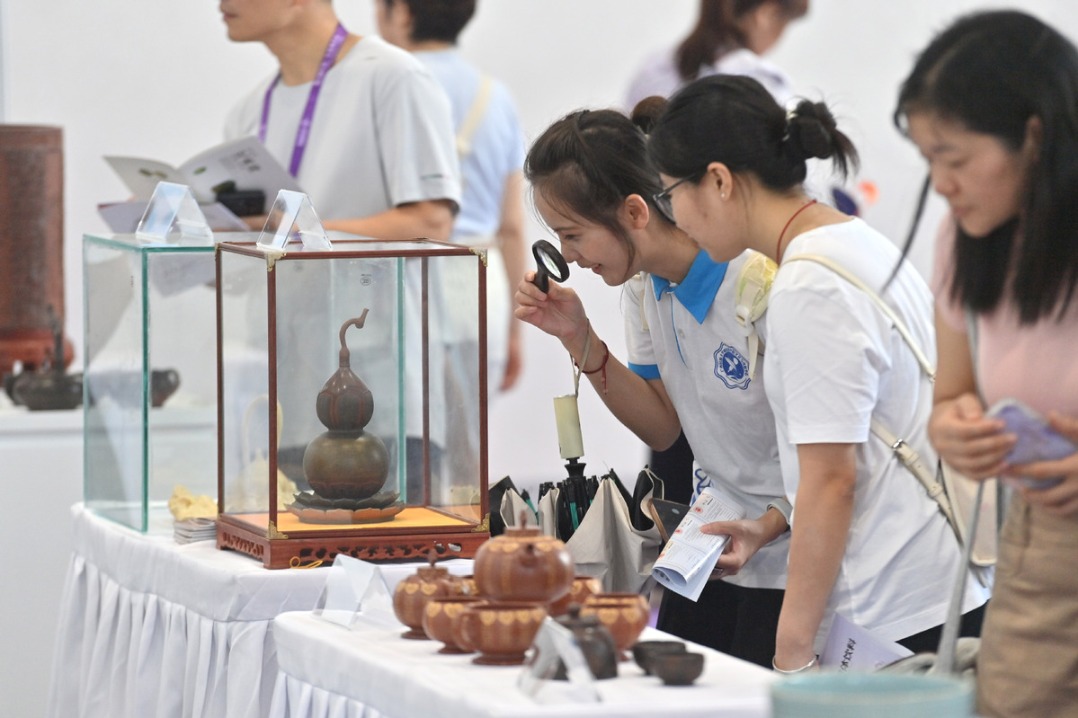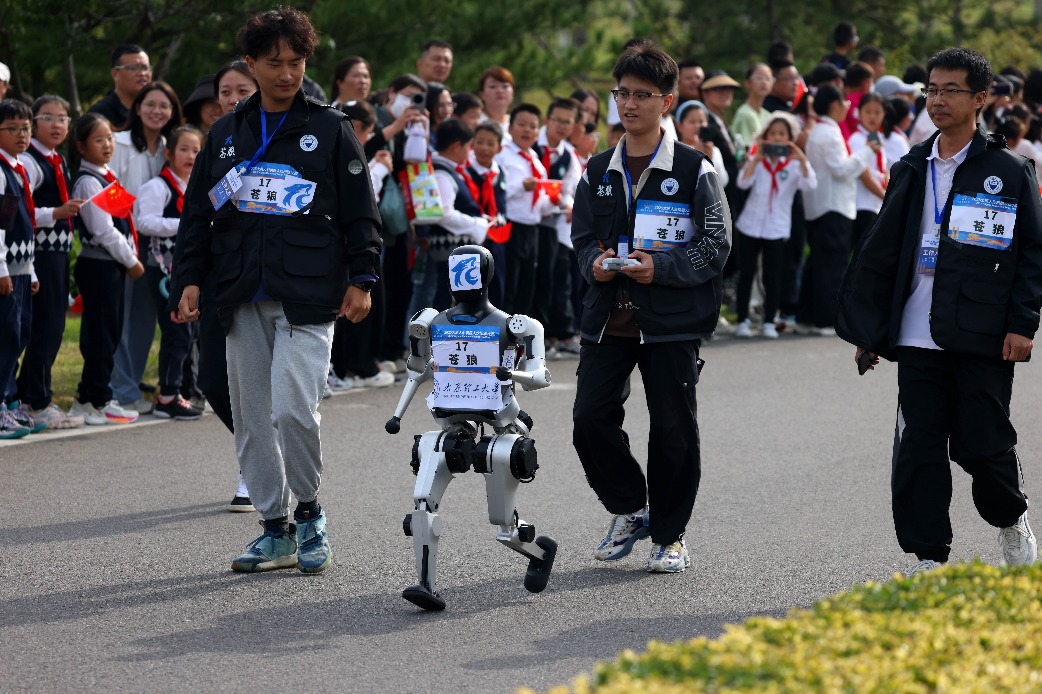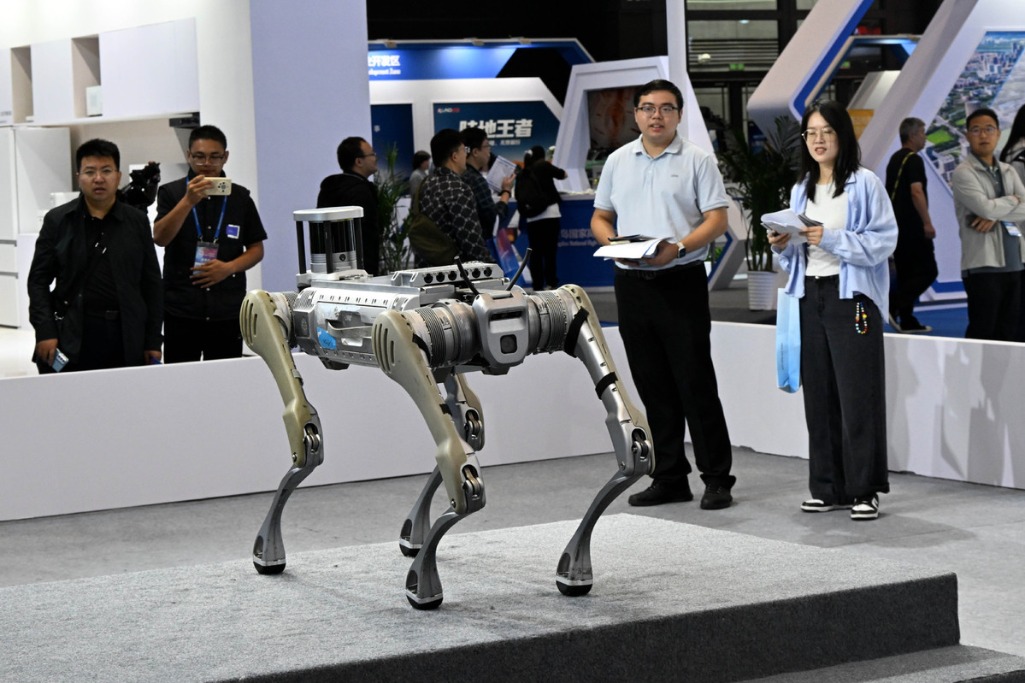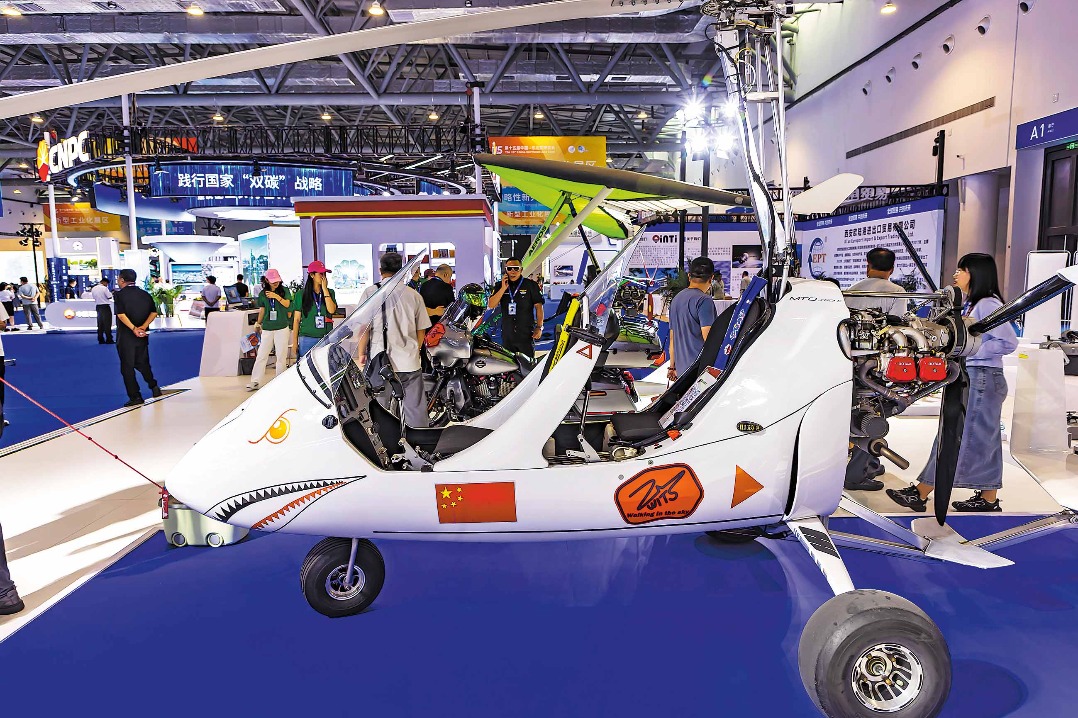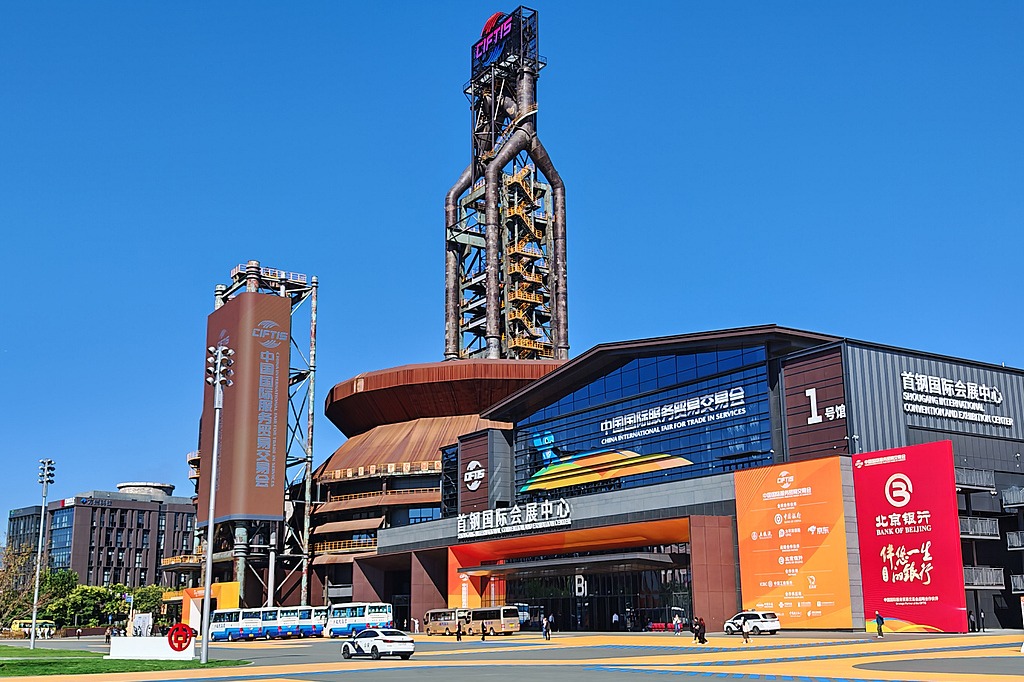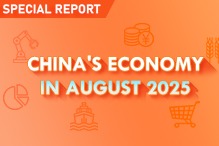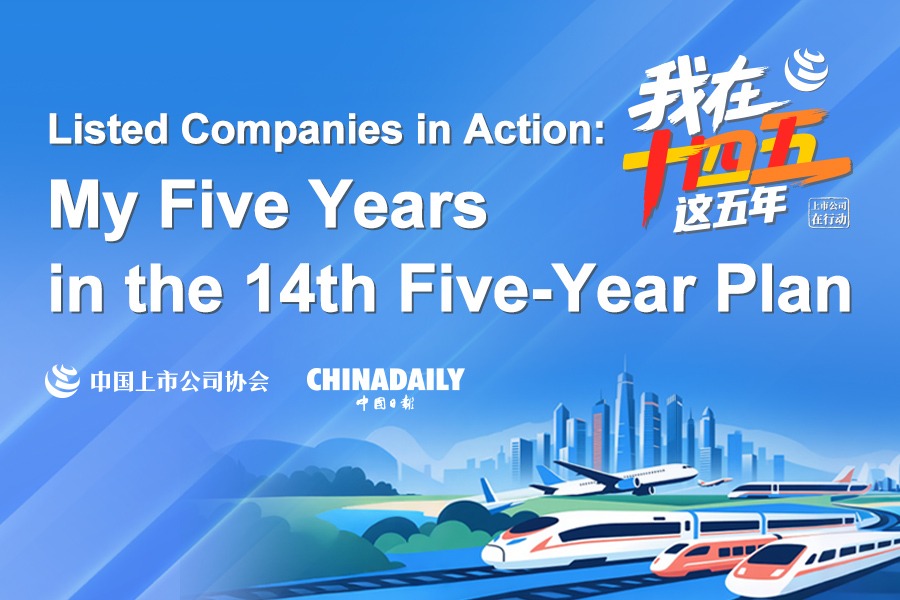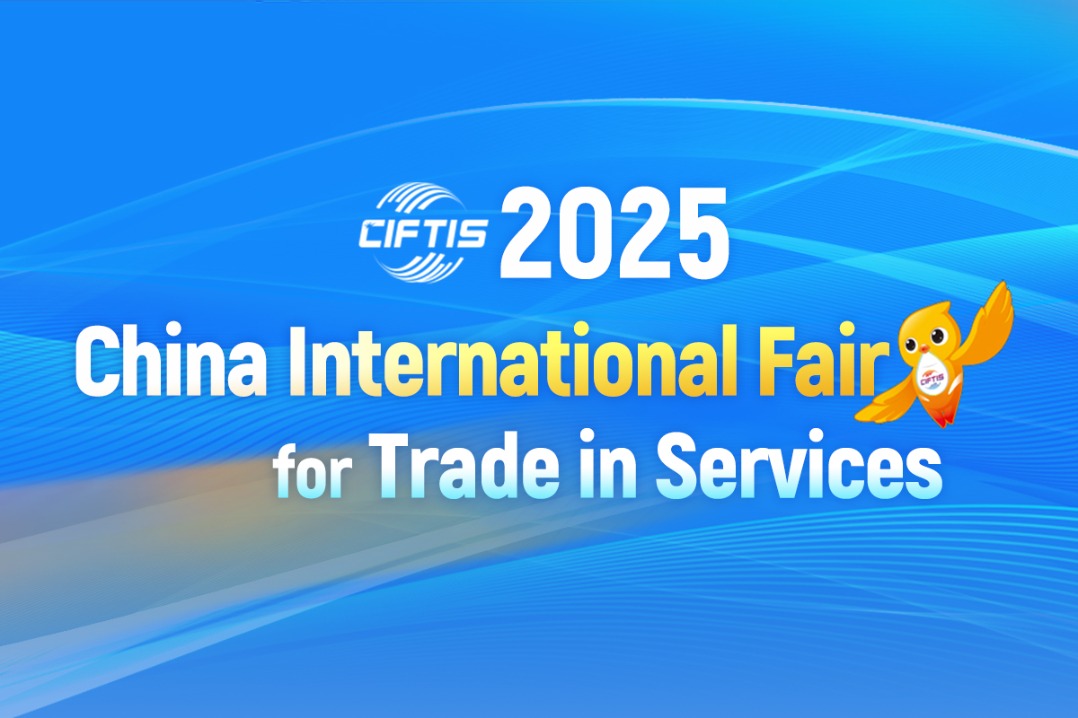Depriving nation of 'developing' status unfair


As an attempt to hinder China's development, a United States Senate committee passed the "Ending China's Developing Nation Status Act" in June to strip China of its status as a developing nation in some international organizations and gain an upper hand in competition with the Asian power.
The US justifies its move by asserting that China has become the world's largest exporter and the second-largest economy, and therefore no longer meets the criteria of a developing country. But it is essential to note that Washington's relentless efforts are not driven by acknowledging China's developmental achievements. Instead, they aim to deprive China of the rights and privileges granted to developing countries by international organizations, exemplifying Washington's ongoing pursuit of hegemonic action in the international arena.
Complicated matter
In fact, currently, a universal formal standard for such classifications of countries does not exist. In practice, the World Bank designates the world's economies into four income groups — low, lower-middle, upper-middle and high — based on their gross national income per capita.
In addition, the United Nations Development Program further measures a country's development by its Human Development Index value, which is determined by aggregating the country's scores in a vast assortment of indicators, including life expectancy, literacy rate, GDP per capita, exports and imports and many more factors. HDI is divided into four tiers: very high human development (0.8-1.0), high human development (0.7-0.79), medium human development (0.55-0.7), and low human development (below 0.55). However, considering potential legal rights and obligations that may come along with classifications, the World Bank and the UNDP refrain from explicitly equating these categories with developing country status.
In order to better carry out comparisons and analysis, various international organizations, such as the UN Conference on Trade and Development, the World Bank and the International Monetary Fund, have compiled lists of countries and regions under different categories, including developed economies, emerging markets and developing economies.
Nevertheless, due to a lack of unequivocal standards and strict legal rigor, these criteria only hold statistical significance and cannot be used to define countries' rights and responsibilities under international law, let alone the fact that discrepancies frequently arise between different institutions regarding the classification of the same country or region.
When it comes to the framework of the World Trade Organization, with a member's identity often come the privileges it enjoys. WTO developing country members, for instance, benefit from more favorable conditions in terms of market access, regulations and obligations compared to their developed counterparts. However, the trade organization still does not possess a mechanism to distinguish between "developed" and "developing", and enables its member states to unilaterally declare their own national status.
Hence, while many international organizations utilize the concept of "developing country", a consensus on its exact definition remains elusive. No universally accepted international rules or agreements have been established to classify countries as "developed" or "developing". Therefore, determining a country's development status must be a collective endeavor of the international community, achieved through widespread consultation and consensus-building.
Largest developing country
The US' questioning of China's developing country status is merely based on overall trade and economic volume, deliberately overlooking the fact that the Asian country is home to a population of 1.4 billion.
Over the past few decades, China has witnessed significant advancements in economic and social development. However, when it comes to indexes such as GDP per capita, gross national income per capita, and resources and wealth volume divided by its population, the country not only falls short of internationally recognized standards for developed countries, but also lags behind some other developing economies.
Both the World Bank and the UNDP employ per capita criteria for country classification. According to the World Bank's classification, China currently falls into the category of upper-middle-income countries, with a considerable gap in per capita income when compared to high-income countries like the US.
The UNDP's Human Development Report 2021-22 ranks China 79th out of 191 countries and regions with its HDI standing at 0.768, signifying a high level of human development. However, among the 66 countries and regions classified as having achieved "very high" human development, there are still a few countries — such as Thailand, Serbia and Mauritius — that are recognized as developing countries by the international community.
Moreover, understanding China's stage of development should also avoid comparing its current status with the past situation of developed countries. For instance, decades-old infrastructure projects in developed countries, although once cutting-edge globally, now seem relatively outdated compared to similar contemporary infrastructure in China due to longer upgrade and renovation cycles. However, this should not be mistaken as a sign of inferior technological or managerial levels in developed countries. It is vital to acknowledge the disparities in wealth accumulation between China and developed economies and refrain from reaching hasty conclusions.
In a word, China has the right to engage in international activities, shoulder responsibilities and obligations and claim rights with an identity that aligns with its actual development status.
Unstoppable development
Although China's developing status remains unchanged, it has become a pivotal global power. As the world's second-largest economy, biggest trader in goods, second-largest outbound direct investor, largest holder of foreign exchange reserves and biggest tourism market, China has been a crucial player in global geopolitical and economic system.
Even though the US has increasingly intensified its efforts to impede China's modernization process in recent years, it turns out that the Asian power's development momentum remains robust and unstoppable.
Over the past decade, China's economy has recorded an average annual growth rate of 6.2 percent, surpassing the global average by 3.2 percentage points and outperforming emerging markets and developing economies by 2.2 percentage points. Its contribution to global economic growth has consistently exceeded 30 percent and has significantly surpassed the combined contribution of the Group of Seven member countries over the same period. And its growth is expected to continue outpacing that of most countries, solidifying its growing scale and importance within the global economy.
As an active player in the Global South, China has always aligned its interests with the collective interests of other developing countries. It keeps promoting reforms in the global system and pushing forward international political and economic stability by continuously reinforcing images of emerging markets and developing countries and advocating for international rule systems that favor their market access, competition, commodity pricing, trade settlements and technical standards.
Moreover, China's unique position in the international community allows it to serve as a bridge between developed and developing economies and balance the interests of large and small economies, thus becoming a powerful force driving common global development.
The writer is a senior fellow of the Chinese Academy of Social Sciences' National Institute for Global Strategy and the Institute of World Economics and Politics.
The views don't necessarily reflect those of China Daily.
















